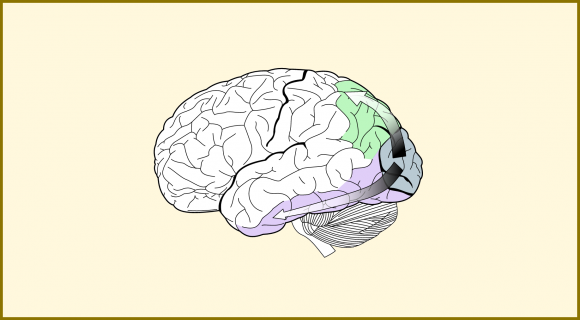John Medina’s book “Brain Rules” is all about the brain and how we think using it. We can’t see whats happening in our brain when we’re thinking. But, brain scientists have uncovered some facts about how the brain functions. The book lists key findings in each chapter and tells us how we can use this knowledge in our daily lives. This includes how we process information, e.g. PowerPoint presentations, etc.
So, how do we make presentations for people’s brains? Lets find out!

The Formal Textbook Explanation
You might end up following this method when wanting to present information in logical order. You may want to present facts and information first, and then slowly build up to the conclusion. One example would be to tell the audience about features of a product before unveiling it at the very end. For all intents and purposes, this method should work. But it doesn’t. Why? you ask. Well..
No One Knows What You’re Talking About
You’re giving people all the information they need to hear. But, they have no idea what you’re talking about until you finally get to the end. This leaves people confused. By the time you reveal the product, they have probably forgotten most of the things that you said about it.
Present Conclusions First
People will understand your message better if they hear the conclusion in the beginning. Everything you tell them after the conclusion will fall into that context. Otherwise, the conclusion can go into any direction in the mind of audience members. You’ll notice this pattern in most successful presentations that you may have seen before.
Show a Preview To Pique Their Curiosity
You can see this on television when a program takes a break. They tell you to stick around and may show/tell you a short preview of whats to come after the break is over. This is intended to keep you from watching some other program because this approach works.
This is just one of many lessons from the book “Brain Rules”. Please read it if you’re curious to know more about the human brain.

Leave a Reply